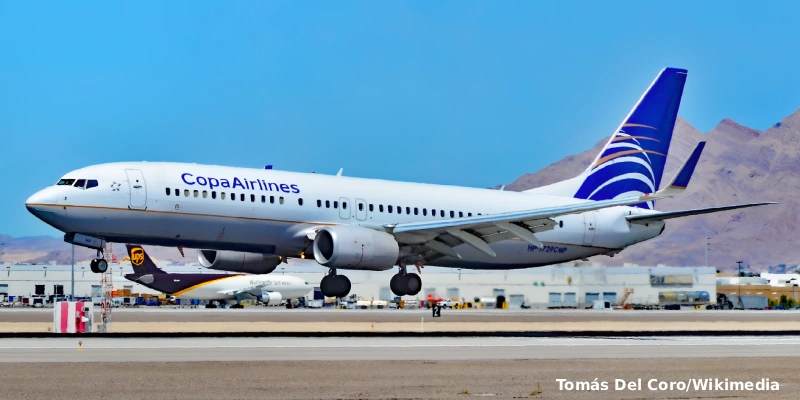The Federal Aviation Administration (FAA) has released a final rule to reduce carbon pollution emitted by most large airplanes flying in U.S. airspace.
The rule requires incorporating improved fuel-efficient technologies for airplanes manufactured after January 1, 2028, and for subsonic jet airplanes and large turboprop and propeller airplanes that are not yet certified.
“We are taking a large step forward to ensure the manufacture of more fuel-efficient airplanes, reduce carbon pollution, and reach our goal of net-zero emissions by 2050,” said FAA Administrator Mike Whitaker.
→ Artificial intelligence will be the spinal cord in aviation
Examples of commercial airplanes that will be required to meet the standards include the Boeing 777X and newly built versions of the Boeing 787 Dreamliner; the Airbus A330neo; business jets such as the Cessna Citation; and civil turboprop airplanes such as the ATR 72 and the Viking Air Limited Q400. The rule does not apply to airplanes currently in service.
Civil aircraft such as these are responsible for nine percent of domestic transportation emissions and two percent of total U.S. carbon pollution.
The Final Rule, Airplane Fuel Efficiency Certification, can be found in the Federal Register. This action is part of the U.S. Aviation Climate Action Plan that sets out to achieve net-zero greenhouse gas emissions from the U.S. aviation sector by 2050.
Related Topics
LATAM Inaugurates Direct Flight Between Recife and Buenos Aires
LATAM to Cancel Lima-Tucuman Route Starting March 2026: These Are Reasons
Copa Airlines Resumes Flights Between Panama City and Maracaibo Starting December 20
Copa Airlines Extends Suspension of Flights to and from Caracas (Venezuela) Until January

Plataforma Informativa de Aviación Comercial con 13 años de trayectoria.




